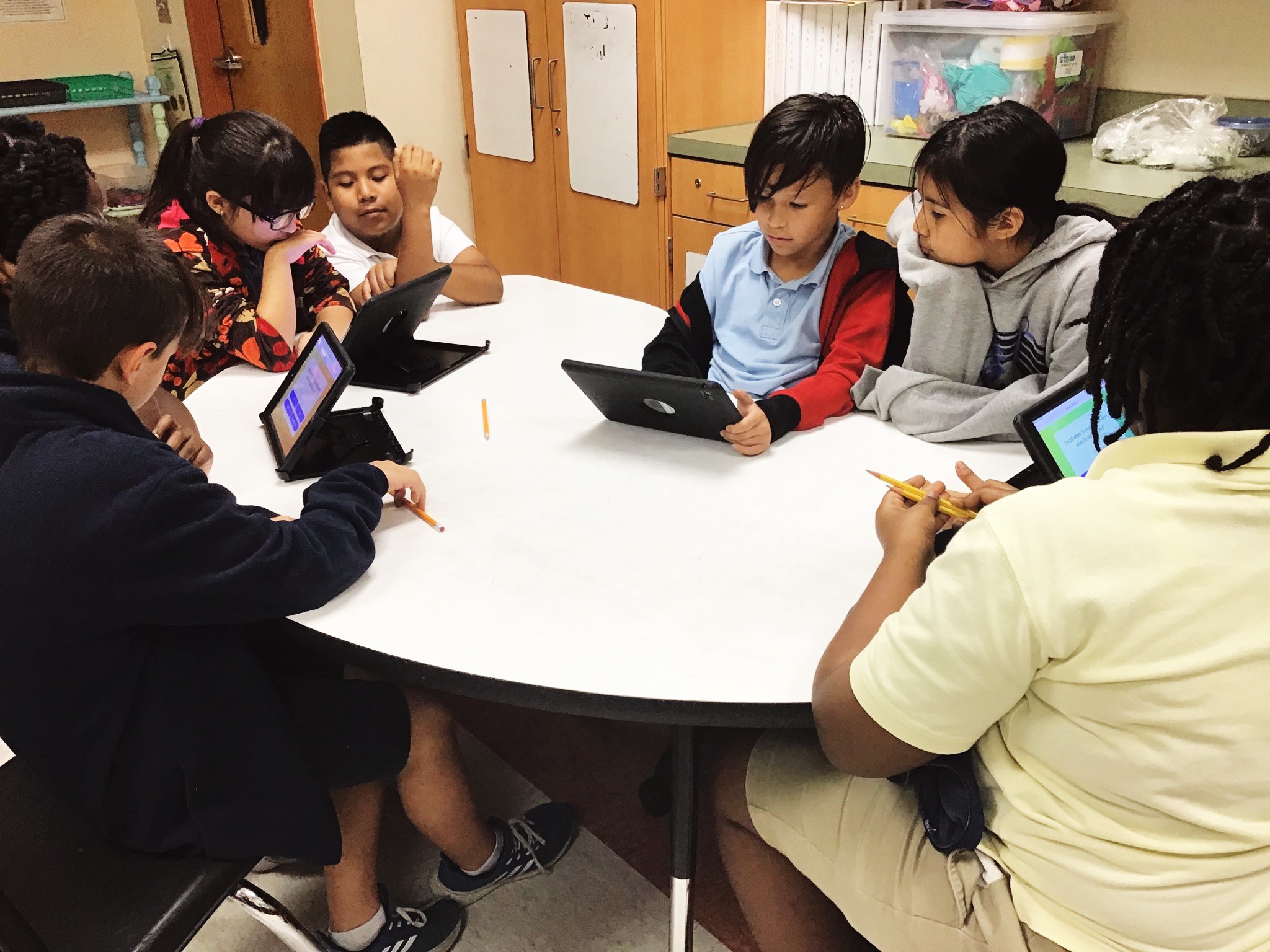Data in the classroom
The word ‘data’ can seem scary, with its suggestion of the tedious collection of facts and figures, but the truth is that data in the classroom comprises the phenomenon that we come into contact with daily.
Classroom data can be an extremely useful tool both for students to improve their learning, and for teachers to improve their instruction. Once we have made sense of the data gathered in the classroom and from our students, we can translate this information into meaningful forms of intervention for our students.
What is data in the classroom?
Data in the classroom doesn’t just refer to test and examination scores, although those certainly are an important example.
Observational data: As its name suggests, this refers to the actions and behaviours of our students that we observe, from the small things like a student’s puzzled expression while attempting a Maths question, to the bigger ones like a class’ outspoken enthusiasm for a topic. Although observational data is much more subjective and difficult to quantify, it is something that we as teachers are instinctively attuned to in the classroom.
Formative assessment data: Formative assessment comprises informal, ad-hoc methods of evaluation that teachers use in the classroom to help gauge our students’ understanding. Formative data has the potential to make a profound impact on our students’ learning, but far too often we hear of students getting to the end of term and lacking understanding of the initial concepts, something that could be prevented, or at the very least minimised, through data-driven intervention in the classroom.
Summative assessment data: The touchstone of classroom data, summative assessments refer to the tests and examinations conducted at the end of a unit or term. However, precisely because these assessments are only conducted at the end of a unit, term, or school year, there is often little chance for us to put the necessary interventions in place to change the course of learning.
How to collect data in the classroom
Because data in the classroom comprises so many different aspects, we should not rely on just one element of it, but should instead adopt a more holistic approach in utilising data from a range of sources to obtain the best results for our students.
Observational data: As teachers, we are often instinctively attuned to the moods and feelings of our students, using them as indicators to modify and fine-tune our teaching. It is a question of being more conscious of these indicators, and, when needed, following up on certain observational data with formative assessment tools to make more concrete sense of it. Some student data that we might observe include:
- Attitude towards a topic
- Questions asked in class
- Behaviour in group work situations
Formative assessment data: With numerous competing deadlines, it can be difficult for teachers to consistently implement formative assessments in the classroom. Thankfully, there are many formative assessment platforms to make our jobs easier, which can become part of our daily or weekly routine. Other easy forms of capturing formative assessment data include:
- Online quiz tools (e.g. Quizalize, Quizlet)
- Student work and corrections
- Peer grading or peer teaching / presentations
- Classroom polls
- Exit slips
We’re particularly proud of Quizalize’s unique ability to capture meaningful data on how students perform on formative assessments, giving teachers valuable insights into a student’s understanding and learning gaps that might otherwise be missed. We do the work for you, pointing out which students need help, who has improved and who has mastered a topic, and make it easy for you to differentiate their learning with different follow-up activity types.
Our students are at the heart of what we do, and data in the classroom helps us improve our teaching for their benefit. Whether we are conscious of it or not, data is all around us. Making a more conscious effort to utilise the information gleaned in the classroom will make us better, more effective educators.
Photo credit: @aho_whitney on Twitter.

